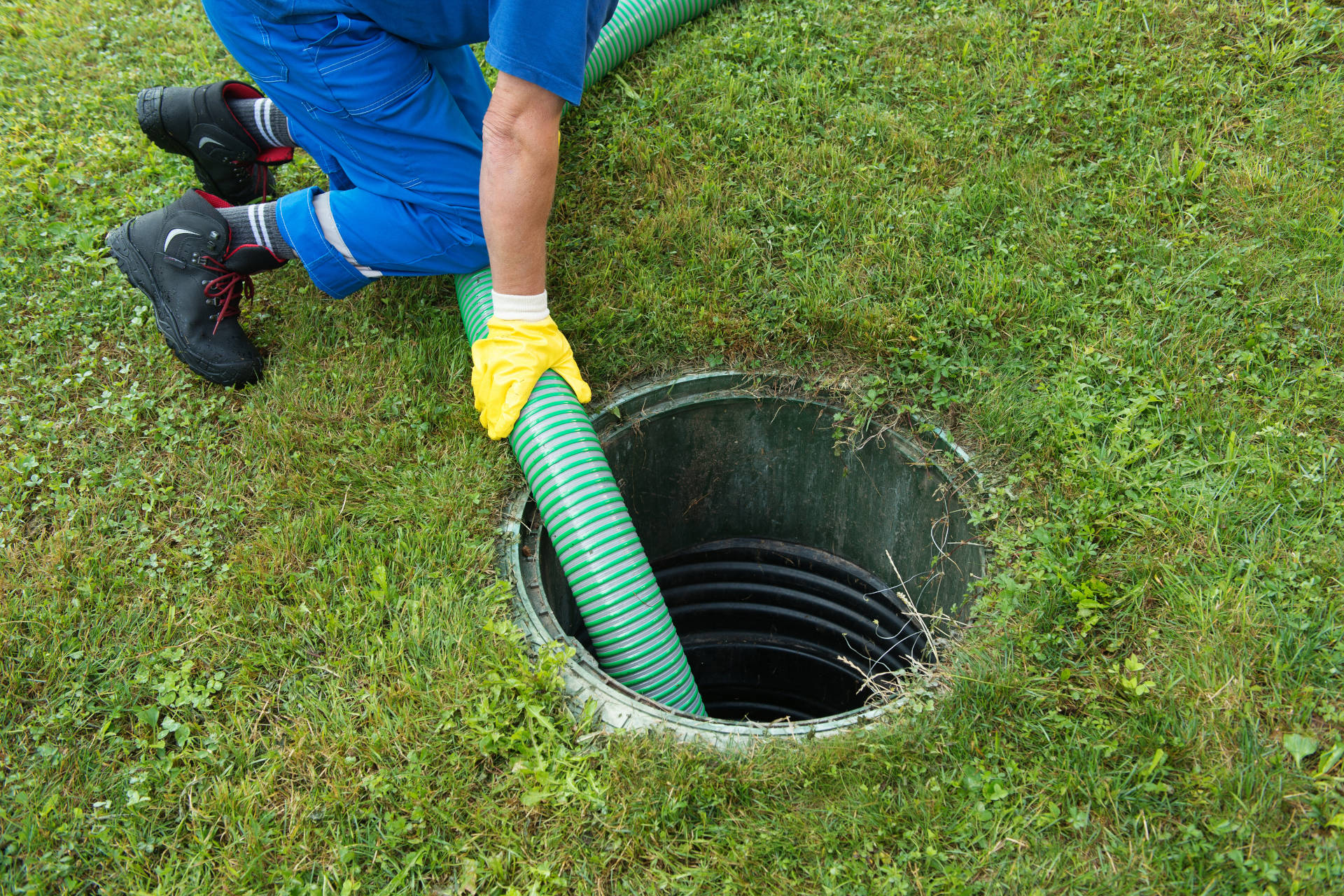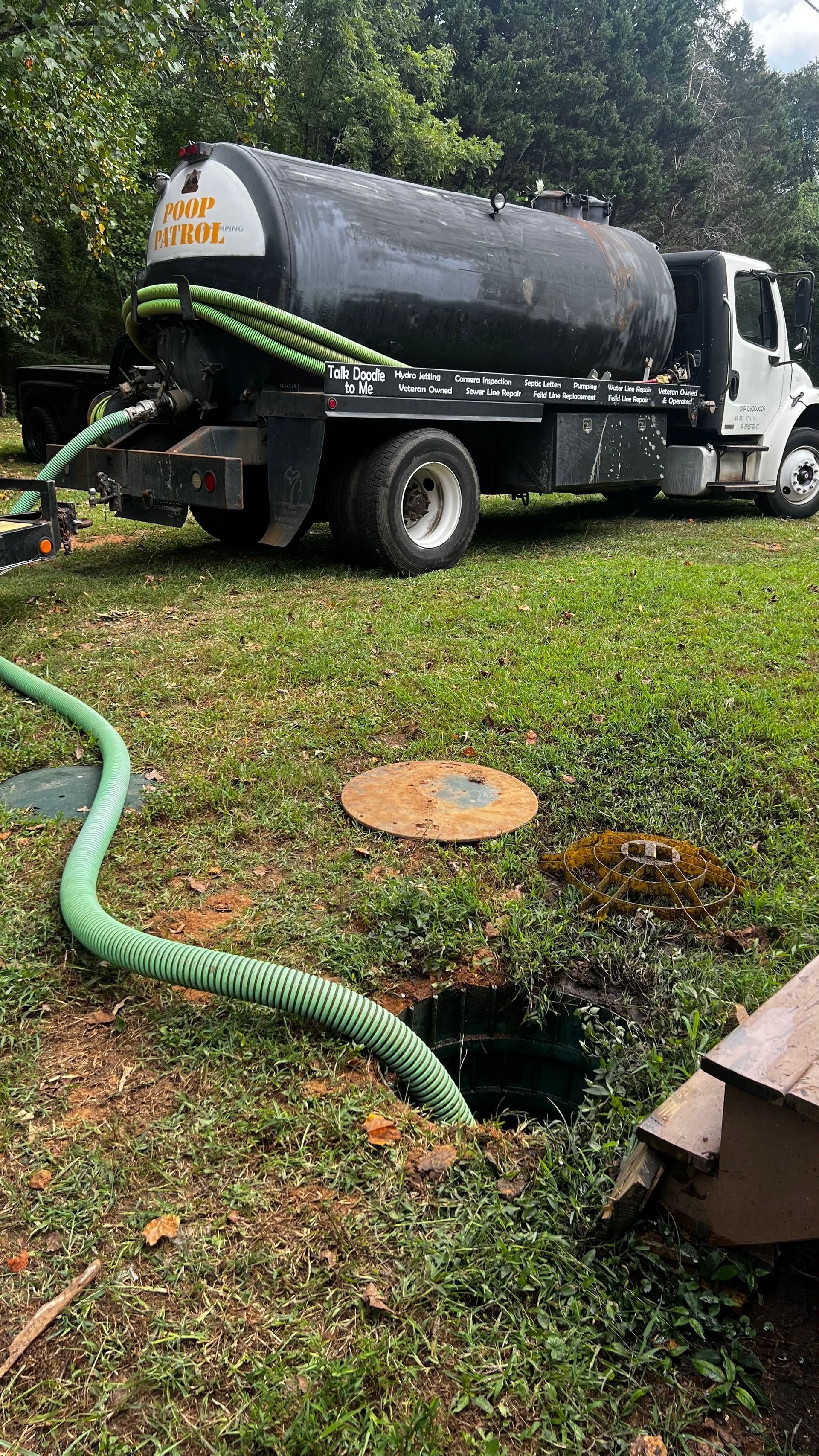gosepticsewer@gmail.com
How the Rising Water Table in Spring Affects Your Septic System
You step outside after a heavy spring rain and find your yard is a soggy mess.
Your lawn feels more like a swamp, your drains are moving slower than usual, and a musty odor lingers in the air. Rising groundwater could be overwhelming your septic system, leading to backups and costly damage.
Homeowners need their septic systems to function smoothly through every season, and spring's high water table can pose a serious threat. This post explains how excess groundwater affects septic performance and what you can do to prevent flooding, and backups.
By the end, you’ll know when it’s time to call for a professional septic tank repair.
What Happens to the Water Table in Spring?
According to the U.S. Geological Survey (USGS), Spring rains and melting snow raise groundwater levels. When excess moisture seeps into the soil, the water table, the upper level of underground water, rises. This can saturate the ground around your septic system, making it harder for wastewater to filter properly.
How Groundwater Levels Impact Septic Drainage
- Soil saturation slows absorption. Drain fields rely on dry soil to absorb and break down waste. When soil is soaked, it can’t take in more liquid.
- Backups become more likely. If wastewater has nowhere to go, it may back up into household drains or pool above the drain field.
- Tank flooding can happen. High groundwater levels may seep into the septic tank, diluting bacteria that break down waste and causing overflows.
Septic tank repair may be needed if your system struggles to keep up with excess water.
How to Know if Your Septic System is Struggling in Spring
Signs of Trouble
- Gurgling drains. Water struggling to flow through pipes may indicate an overfilled system.
- Sewage odors. When waste isn’t breaking down properly, foul smells can escape through drains or around the tank.
- Standing water. If puddles appear near your drain field without recent rain, it may be struggling to absorb wastewater.
- Slow drains or toilets. Saturated soil prevents water from draining away, leading to sluggish plumbing.
How to Test for Drain Field Saturation
- Dig a small hole in the yard near the drain field. If water pools in the hole, the soil is already saturated.
- Check for unusually green grass over the drain field. While some growth is normal, overly lush patches may indicate wastewater is surfacing instead of filtering underground.
How to Protect Your Septic System from High Groundwater Levels
Improve Water Drainage Around Your Septic System
- Divert rainwater away from the drain field. Adjust gutters and downspouts to direct runoff toward ditches or dry areas.
- Avoid compacting the soil. Heavy vehicles or equipment can compress the drain field, making it harder for water to filter through.
- Consider installing a French drain. A French drain is an underground trench filled with gravel or rock, often containing a perforated pipe. These underground drainage systems help redirect excess water away from your septic area.
Reduce Household Water Usage During Rainy Periods
- Space out laundry loads. Doing several loads in one day can overwhelm a system already handling extra groundwater.
- Take shorter showers. This helps limit the amount of water entering the septic tank at one time.
- Fix leaks immediately. Even a slow-dripping faucet can add unnecessary strain to your system.
Septic tank repair Cumming residents trust, may be required if drainage problems persist despite these adjustments.
What to Do if Your Septic System is Overwhelmed
Short-Term Fixes
- Use less water. Give your system time to catch up by delaying non-essential water use.
- Pump your septic tank. If high groundwater is flooding the tank, pumping can provide temporary relief.
- Schedule an inspection. A professional can check for damage and recommend solutions tailored to your soil and system type.
Long-Term Solutions
- Raise the drain field. If flooding is a yearly issue, elevating the drain field can improve drainage.
- Upgrade to a mound system. A mound system is an alternative septic system that consists of a raised sand mound containing a drain field trench, allowing wastewater to be treated before reaching the native soil. These raised systems work better in areas with consistently high water tables.
Improve soil absorption. Adding sand or gravel beneath the drain field may help water filter more effectively.
Take Action Before Spring Floods Your System
Spring’s rising groundwater can put extra pressure on your septic system. Taking steps now can prevent backups, overflows, and expensive repairs. If you notice slow drains, standing water, or foul odors, don’t wait for the problem to worsen.
GoSeptic & Sewer specializes in addressing springtime septic challenges with services such as septic tank repair, and drain field restoration. Our team offers 24/7 emergency services, expert inspections, and customized drainage improvements to keep your system functioning properly.
As a family-owned business with over 15 years of experience, we stand out with transparent pricing, rapid response times, and a commitment to long-term solutions, not just quick fixes.
Contact us today to schedule a service before spring rains cause problems, and let us keep your septic system working smoothly year-round.
Location Map
All Rights Reserved | GoSeptic & Sewer





